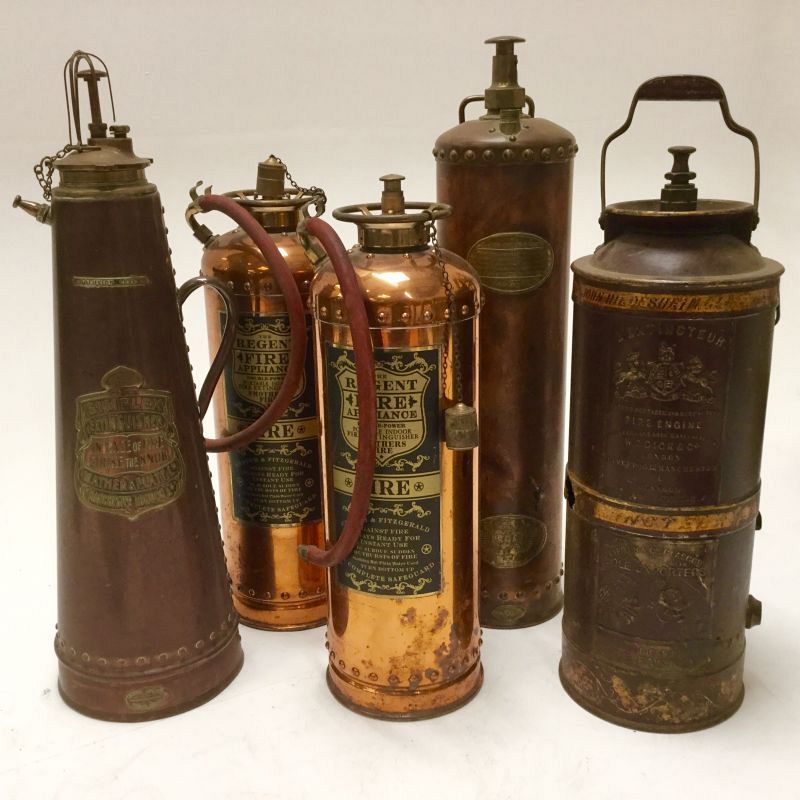Look into the History of Fire Extinguishers
A brief look into the history of the fire extinguisher, the red cannisters that we see every day.

1819
In the history of fire extinguishers, this one is an important one. In 1819 Captain George William Manby invented the first version of the modern fire extinguisher. His extinguisher was a copper vessel and contained 3 gallons of pearl ash solution under compressed air pressure.


Late 1800's
In the late 1800’s the soda-acid extinguisher was invented. These extinguishers would work by containing 1 or 2 gallons of water and had sodium bicarbonate mixed in. In the cylinder a vial was suspended and contained concentrated sulphuric acid.
This vial was then broken, using two different methods depending on the style of extinguisher. Once the acid was mixed with the bicarbonate solution, carbon dioxide gas would be expelled and this would in turn pressurise the water. The pressurised water was forced from the canister through a short length of hose and a nozzle.
1912
Around 1912 Pyrene pioneered the carbon tetrachloride or CTC extinguisher, these extinguishers projected the liquid from a brass or chrome container by hand pump, onto the fire. They worked by interfering with the chemical reaction that takes place. This extinguisher was suitable for liquid and electrical fires. The vapours and combustion by-products emitted were highly toxic and did lead to multiple deaths when used in a confined area.


Mid to Late 1900's
In the mid to late 1900’s the modern type of fire extinguisher used different extinguishing agents. Manufacturers of extinguishers generally use some type of pressurised vessel to store and discharge the extinguishing agents.
The first type of extinguisher used pressurised air to approximately 1 bar (approximately 5 times a car tyre pressure).
The second type of fire extinguishers are the “gas cartridge” type. These operate in a similar manner, but the pressure source is a small cartridge of CO2 gas at 130 bars, rather than air.
2011
In 2011 Britannia introduced the first self-maintenance extinguishers, which for the first time in extinguisher history do not require service engineers to visit sites and maintain them. These units overcame the problem of corrosion, lining damage and pressure loss by being designed of composite plastics, Aramid and brass.
This extinguisher can withstand higher pressures than ordinary steel extinguishers. Britannia’s self-maintenance extinguishers cannot corrode and do not require any attention other than ensuring that the units are not missing, damaged or discharged. They do not require refills after 5 years, either. Also they are kitemarked and MED approved.
To find out more about these types of extinguisher, click the link here and learn more about them on Britannia’s website.


 Cart is empty
Cart is empty 